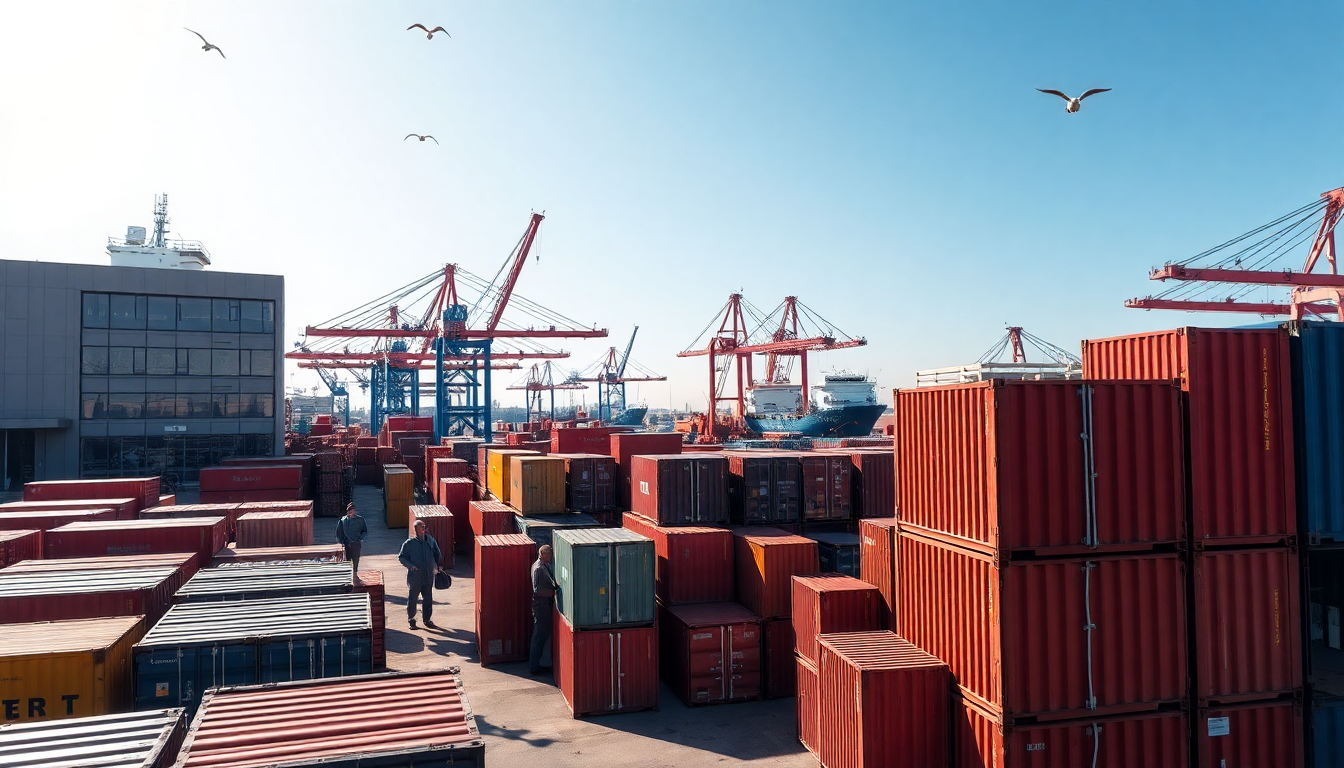Table of Contents
Germany finds itself at a crucial juncture in its economic journey, reestablishing its role as a significant player in global trade against a backdrop of changing geopolitical landscapes. With Chancellor Friedrich Merz at the helm, the current government is advocating for a more business-friendly approach within the European Union.
So, what does this mean for Germany’s economy? In this article, we’ll explore recent developments, Germany’s strategic goals, and how these changes could impact the global economic environment.
Market Overview: Germany’s Trade Landscape
The shift in Germany’s economic policies reflects broader trends in global trade dynamics.
Recent statistics reveal a notable increase in Germany’s exports, demonstrating resilience even in the face of challenges like the ongoing conflict in Ukraine and supply chain disruptions. According to the latest data from OMI, trade volumes have steadily risen, reinforcing Germany’s position as Europe’s largest economy.
As the nation adopts a more proactive trade approach, the government is laser-focused on enhancing competitiveness by streamlining regulations and cutting down bureaucratic red tape. A prime example of this shift is the recent adjustments in EU legislation concerning energy prices for industries.
By allowing substantial subsidies for energy-intensive sectors, Germany aims to strengthen its industrial competitiveness while navigating the complexities of the energy transition. Isn’t it fascinating how policy can shape the economic landscape?
Analysis of Key Regions and Sectors
Germany’s renewed focus on trade isn’t a one-size-fits-all approach.
The automotive industry remains a linchpin of the economy, heavily reliant on stable trade relations. Meanwhile, sectors like renewable energy and technology are experiencing a surge in investment and policy support. The government’s recent initiatives to boost electric vehicle production and develop infrastructure underscore this strategic pivot.
Who wouldn’t want to be part of the green revolution?
Regions such as Saxony, known for its strong semiconductor manufacturing base, are set to reap significant benefits from these changes. The emphasis on prioritizing European manufacturers for crucial components aligns with broader EU efforts to cut dependency on external suppliers, especially in light of global supply chain vulnerabilities. Have you ever thought about how interconnected our economies really are?
Price Trends and Investment Opportunities
Current price trends across key industries paint a mixed picture. While energy prices have seen their share of volatility, the government’s intervention to stabilize electricity costs for manufacturers is expected to create more favorable investment conditions. Plus, the introduction of incentives for industries to improve sustainability practices could unlock exciting growth opportunities. Are you ready to dive into the world of green investments?
Investors are increasingly setting their sights on sectors ripe for growth, particularly in green technologies and digital transformation. The German government’s commitment to climate investment, especially in renewable energy projects, makes a compelling case for investment in these areas. As companies adapt to meet new environmental standards, the potential for high returns on investments in sustainable technologies is becoming increasingly attractive. Can you see the potential here?
Practical Advice for Investors and Buyers
For those looking to navigate this evolving landscape, staying informed about policy changes and market trends is crucial. Conducting thorough market research and understanding regional dynamics will be essential in spotting profitable opportunities. Engaging with local experts and keeping an ear to the ground regarding government initiatives can provide valuable insights into emerging sectors and potential investment pitfalls. Isn’t it exciting to think about the possibilities?
Moreover, considering the long-term implications of Germany’s pivot towards sustainability and technological advancement is vital. Investors should focus on sectors that resonate with these trends and are likely to benefit from government support and growing consumer demand for greener solutions. Are you prepared to align your investments with the future?
Medium-term Forecasts
Looking ahead, Germany’s trade strategy is poised to evolve as it adapts to global challenges and opportunities. Analysts predict that the commitment to sustainability will intensify, influencing both domestic and international investment patterns. Additionally, the outcome of ongoing trade negotiations with major partners will play a crucial role in shaping the future landscape of German trade. What do you think will happen next?
In summary, Germany’s renewed dedication to a proactive trade policy presents both challenges and exciting opportunities. By staying informed and strategically positioning themselves in alignment with government initiatives, investors can ride the waves of change in the global economy. Are you ready to seize the moment?





